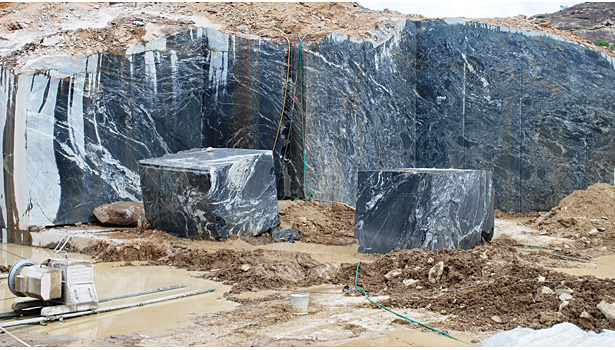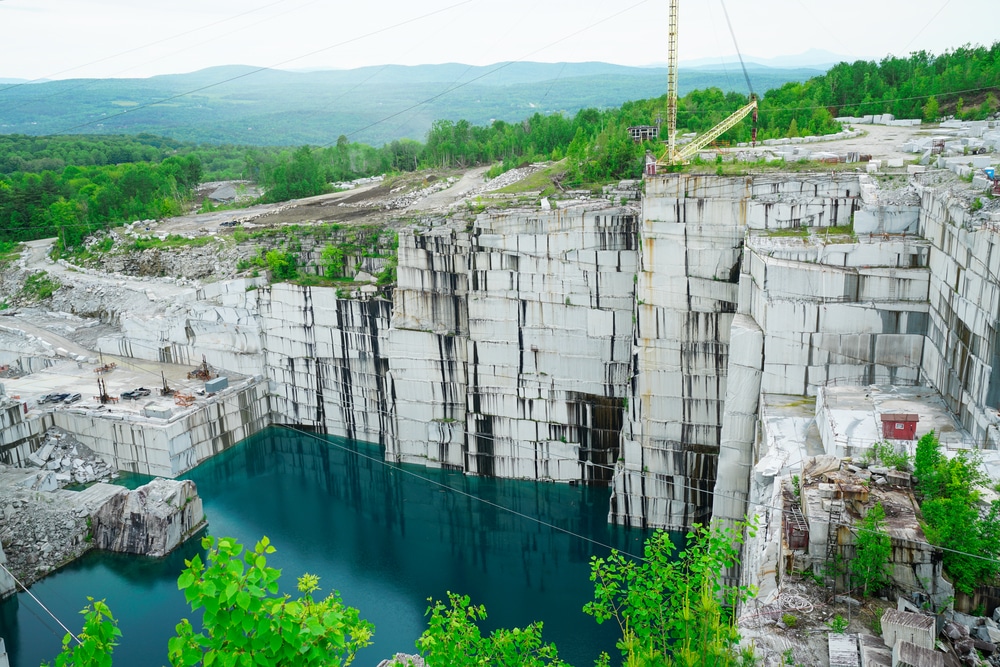Introducing the Mysteries of Granite Quarrying: Where Strength and Beauty Meet
The globe of granite quarrying is a world where the raw strength of nature converges with human creativity to develop frameworks that stand the examination of time with an air of elegance. From the depths of quarries to the careful sprucing up in workshops, the procedure of transforming granite into architectural marvels is a complicated dancing of practice and technology. As we peer into the depths of this ancient craft, we begin to uncover the covert ins and outs that form the really significance of our constructed setting.
The Beginnings of Granite Quarrying
In the record of building background, the beginnings of granite quarrying are shrouded in a tapestry of old workmanship and geological wonders. Going back to old Egypt and Mesopotamia, the removal of granite from quarries noted the start of a journey that would ultimately cause the development of a few of the world's most renowned structures.
Granite quarrying's roots can be traced to the experienced artisans who recognized the rock's longevity and visual allure. With a combination of primitive tools and sheer determination, these very early quarry employees discovered granite blocks that would become the building blocks of human beings.
As people developed, so did the methods of quarrying granite. The Romans, renowned for their engineering prowess, developed innovative approaches for drawing out granite to construct monuments, holy places, and roads that stood the test of time.
The heritage of these old quarrying methods continues to form contemporary architecture, with granite remaining an icon of stamina and elegance in building and construction tasks around the globe. (granite quarries in south africa)
Devices of the Quarrying Profession
The evolution of granite quarrying strategies from ancient civilizations to modern-day times highlights the important function played by the devices of the quarrying sell shaping the market's practices. In old times, quarrying tools were rudimentary, usually consisting of knives, hammers, and wedges made from materials like bronze or iron. These devices needed significant workforce and time to extract granite obstructs from quarries.

In addition, the intro of pneumatically-driven devices and high-powered equipment has actually substantially minimized the physical labor needed in quarrying operations, improving worker safety and productivity. As the quarrying sector remains to introduce, the tools of the profession stay at the leading edge of driving development and shaping the future of granite removal.
Removing Blocks of Granite
Making use of accuracy machinery and advanced methods, the extraction of granite blocks from quarries has actually come to be an advanced process in the modern quarrying sector. The preliminary step involves recognizing the place and size of the granite deposit to establish one of the most efficient removal technique. When a suitable website is chosen, like this the extraction procedure begins with the exploration of openings for the placement of nitroglycerins. Managed blasting methods are then used to break apart the granite right into workable sections.

Sprucing Up and Finishing Strategies
To achieve a perfect surface area on granite blocks, competent craftsmens employ a series of thorough polishing and completing methods. After the initial extraction and shaping processes, the granite obstructs undergo a complete sprucing up phase to improve their all-natural elegance and resilience.
In enhancement to sprucing up, completing methods are applied to further refine the granite's look. By meticulously picking and using these polishing and completing techniques, craftsmens can change raw granite obstructs into beautiful pieces that display both toughness and sophistication.

Environmental Effect and Sustainability
With the growing focus on ecological consciousness in the internet sector, granite quarrying practices are progressively scrutinized for their influence on all-natural resources and long-lasting sustainability. Quarrying for granite can have significant environmental effects. The extraction process usually involves the usage of hefty machinery, dynamites, and huge quantities of water, resulting in environment devastation, soil erosion, and water air pollution. In addition, the transportation of granite from quarries to processing centers creates carbon emissions, even more adding to ecological check my source degradation. granite quarries in south africa.
To reduce these effects and make sure sustainability in granite quarrying, sector stakeholders are taking on numerous procedures. Applying advanced innovations to decrease power consumption and water usage, redeeming quarried land for environmental remediation, and advertising accountable sourcing methods are some methods being employed. Qualifications such as the Forest Stewardship Council (FSC) and the Management in Power and Environmental Layout (LEED) aid customers recognize ecologically friendly granite products.
Conclusion
In verdict, granite quarrying is a process that requires specialized devices and techniques to remove blocks of granite and polish them to a high degree of surface. While the environmental effect of quarrying can be significant, initiatives are being made to enhance sustainability techniques in the market. Overall, granite quarrying is a fragile equilibrium between harnessing the stamina and elegance of this all-natural stone while lessening its influence on the atmosphere.